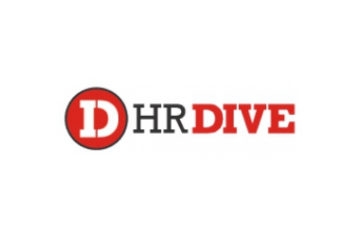When employees with specific skills are hard to find in the coming year, successful employers will learn to be agile, watch for shifts in the labor market and focus on upskilling and training existing employees and new hires.
That is the prediction of HR Dive, whose list of 5 talent trends to watch in 2019 had “Upskilling remains a priority” at No. 1.

“As new skills emerge as fast as others become obsolete, skills are the new currency and we anticipate more employers will invest in training their current workforce in 2019 to do the jobs open today and tomorrow,” Becky Frankiewicz, president of ManpowerGroup North America, told HR Dive.
West Michigan employers know this
The priority on upskilling aligns with Talent 2025 objectives, as stated in our Workforce Development Working Group’s 2018 report on Education & Skills. Among the recommendations in that report was a call to “increase the skills of working-age adults, 18 to 54, in West Michigan and build a talent pipeline around in-demand occupations.”
That report also called for innovations in tuition reimbursement, on-site training and connecting employers with funding sources for programs to upskill their workforce.
Lifelong learning has proven essential in a knowledge-based economy. As John Feldmann of the Forbes Human Resources Council noted in a recent post, “By investing in their employees’ education and skills training, employers not only increase employees’ value to the company but also send them the message that they are worth the investment and have a place in the company’s future.”
More trends on the horizon
HR Dive noted a related trend ahead for 2019, No. 2 on its list: Hiring for potential. Employers that hire candidates for the ability to learn on the job will have an advantage, the report said, due in part to the pace of change driven by technology.
A third trend, HR Dive wrote, will be the need to treat talent as consumers, and for employers to demonstrate why great talent will want to work for them.
Similarly, and fourth on the list, employers may be more likely to use wages and “creative benefits,” such as childcare and flexible schedules, to attract people with the right skills.
Finally, HR Dive predicts that technology – artificial intelligence in particular – will be increasingly used to accelerate the interview and hiring process. This may expand to include advanced technologies the help employees and managers work together better.
A regional resource
Whatever 2019 brings, West Michigan employers have access to leading practices proven to work in our region, Talent 2025’s LEADR Exchange.
The idea behind the LEADR (Leading Employer Attraction, Development, and Retention) Exchange tool is to provide resources for hiring managers to share and discover leading practices for finding and keeping talent. This is a library of best practices shared by West Michigan employers, organized by size of company, industry type, geographic area and specific talent effort.


